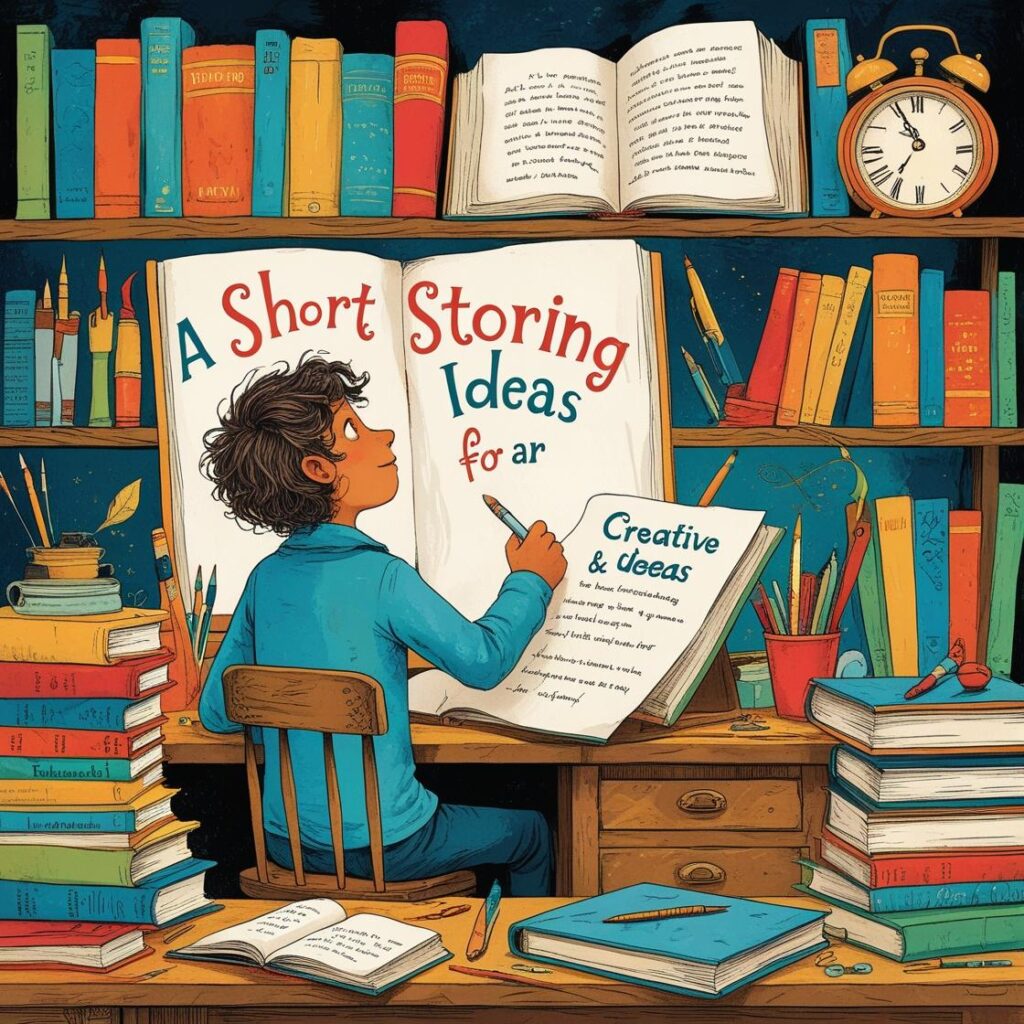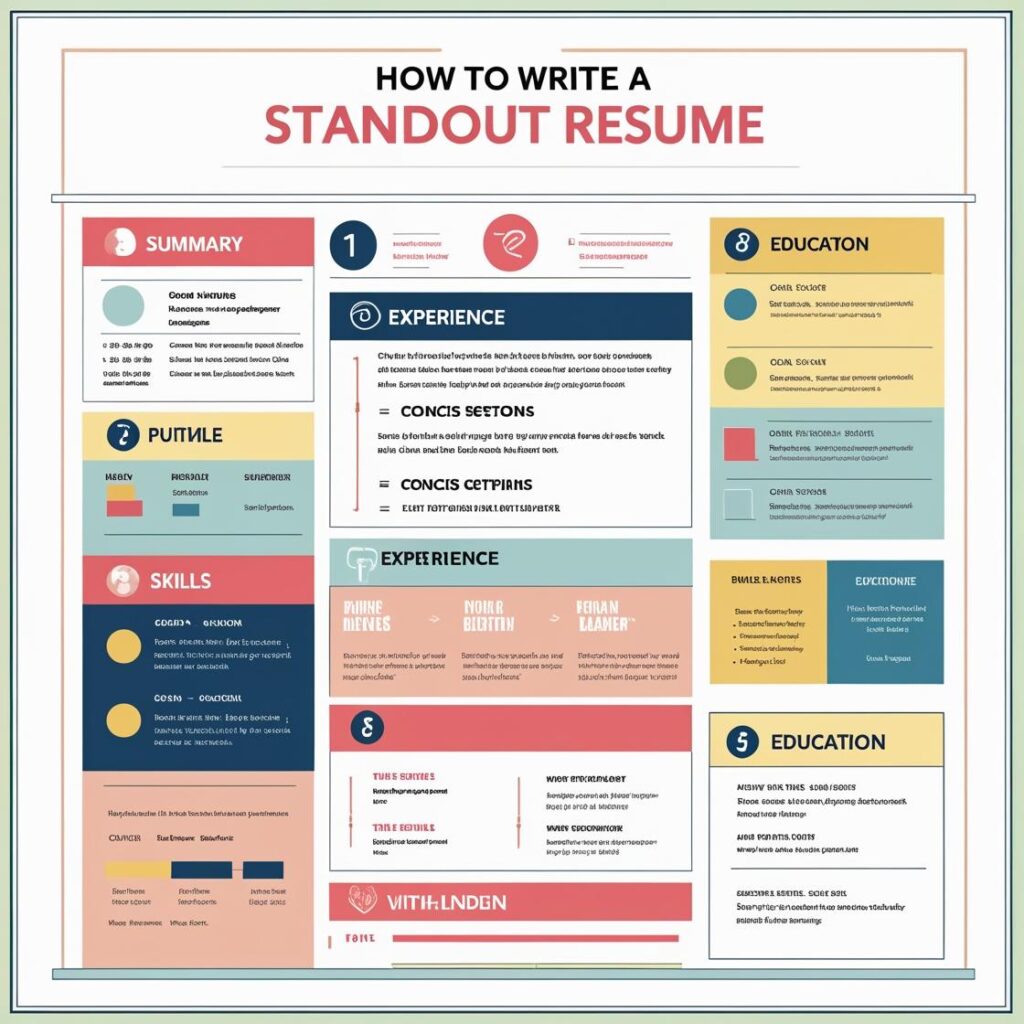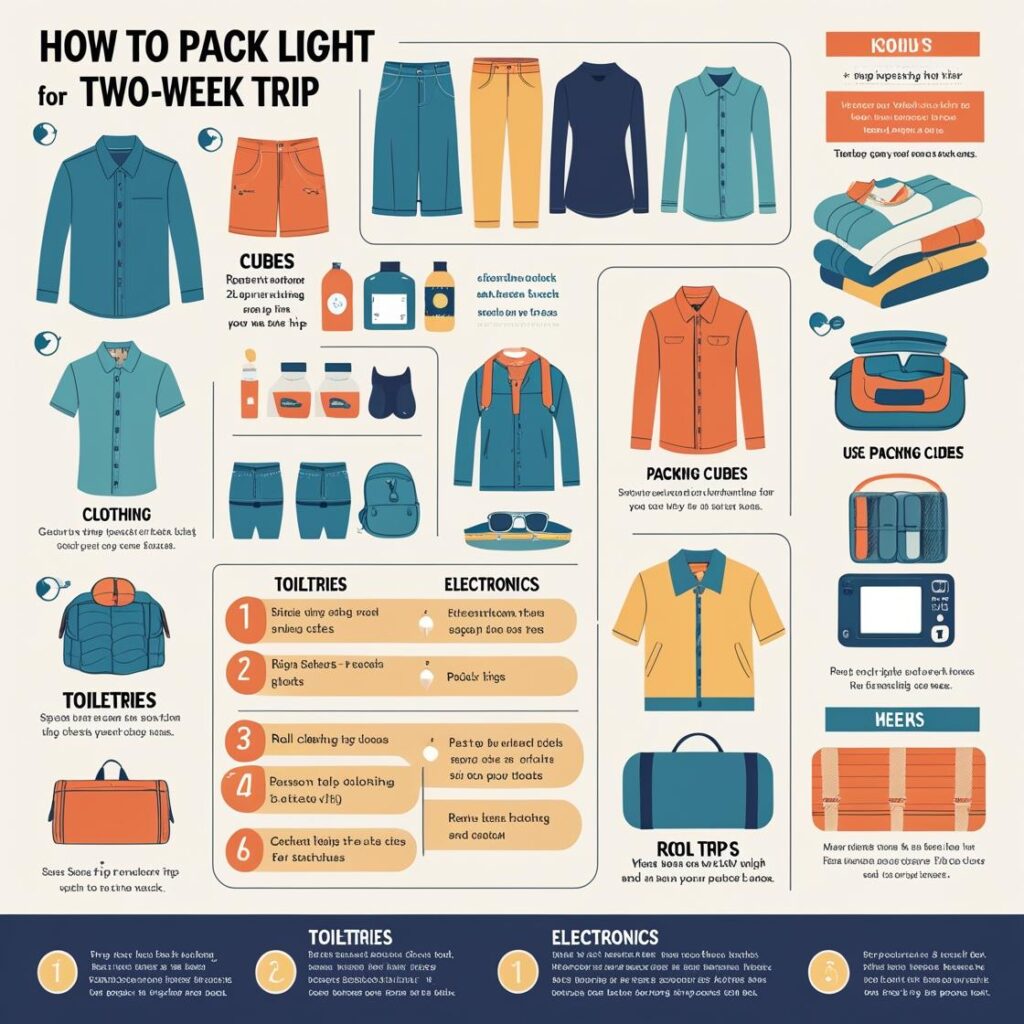Writing your first short story can be an exciting and rewarding challenge. Whether you want to express your creativity, explore a new hobby, or develop your writing skills, crafting a short story provides a perfect starting point. This comprehensive guide will walk you through each step of the process, from finding inspiration to polishing your final draft, so you can confidently write and share your very first short story.
اقرأ أيضاً: قائمة بأهم 10 كورسات مجانية في الذكاء الاصطناعي مع الروابط المباشرة
1. Understanding the Elements of a Short Story
Before you begin writing, it’s important to understand what makes a short story unique. A short story is a brief work of fiction that centers on a single incident, character, or theme. Unlike a novel, which allows for multiple plotlines and expansive character development, a short story is concise, focused, and impactful, usually ranging between 1,000 and 7,500 words.
اقرأ أيضاً: كيفية الحصول على منحة دراسية مجانية
Key elements of a short story include:
اقرأ أيضاً: كيف تستيقظ مبكرًا دون الشعور بالتعب
- Characters: The people, animals, or even objects that take action within your story.
- Setting: The time and place in which the story unfolds, influencing the mood and events.
- Plot: The sequence of events and actions that drive the narrative forward.
- Conflict: The central challenge or obstacle faced by the characters.
- Theme: The underlying message or insight your story aims to communicate.
Mastering these components lays the groundwork for a compelling short story that resonates with readers.
اقرأ أيضاً: كيف تتفوق في أي مقابلة عمل: 10 نصائح من الخبراء
2. Finding Inspiration and Choosing a Topic
Finding the right idea is often the biggest challenge for new writers. Inspiration can be drawn from everyday experiences, dreams, news articles, conversations, or simply your imagination. Carry a notebook or use your smartphone to record any ideas, snippets of dialogue, or unusual observations that spark your interest.
اقرأ أيضاً: كيف توفر 1000 دولار في 30 يومًا
When choosing a topic, consider:
اقرأ أيضاً: كيفية كتابة سيرة ذاتية متميزة
- What moments in life have impacted you or made you think?
- Are there conflicts or dilemmas you want to explore?
- Can you imagine a simple “what if” scenario and build from there?
You can also use online resources such as Reedsy Prompts or Writers Write for additional inspiration.
اقرأ أيضاً: كيف تحول عملك الجانبي إلى مشروع بدوام كامل
3. Developing Your Characters
Memorable characters make stories stick with readers long after the last sentence. Begin by deciding who your main character (protagonist) will be, and what they want or fear. Even in a short story, aim to create believable, multidimensional characters with distinct voices and motivations.
اقرأ أيضاً: كيفية تسريع الكمبيوتر المحمول البطيء في 10 دقائق
To develop strong characters:
اقرأ أيضاً: كيف تبني روتينًا صباحيًا يعمل بالفعل
- Provide your protagonist with a clear desire or goal.
- Give each character unique traits, habits, or flaws.
- Use dialogue and actions to reveal personality, rather than lengthy descriptions.
- Allow your characters to grow, change, or learn something by the end.
Well-crafted characters invite empathy, allowing readers to connect with your story on a personal level.
اقرأ أيضاً: كيف تبدأ مدونة تقنية من الصفر
4. Crafting a Compelling Setting
The setting is more than just a backdrop—it shapes the mood, influences events, and can even become a character in its own right. When developing your story’s setting, think about how time, place, and atmosphere contribute to the story’s tone and meaning.
اقرأ أيضاً: كيف تبدأ الرسم (حتى لو كنت تعتقد أنك لا تستطيع)
Tips for building setting:
اقرأ أيضاً: كيف تخطط لعطلة عائلية سيحبها الجميع
- Use sensory details (sight, sound, smell, touch, taste) to immerse readers in the world.
- Choose settings that enhance the conflict or theme.
- Avoid overwhelming readers with too much description; focus on what’s essential to the scene.
A vivid setting grounds the reader and makes the story feel real, even if it takes place in a fantastical or unfamiliar world.
اقرأ أيضاً: كيف تتعلم الجيتار بنفسك
5. Plotting Your Story Structure
A strong plot gives your story direction and keeps readers engaged from start to finish. Most short stories follow a classic structure:
اقرأ أيضاً: كيف تحزم خفيفًا لرحلة لمدة أسبوعين
- Exposition: Introduces the main character, setting, and conflict.
- Rising Action: The conflict develops, stakes are raised, and tension builds.
- Climax: The story’s turning point, where the main conflict reaches its peak.
- Falling Action: Events unfold in response to the climax, moving toward resolution.
- Resolution: The conflict is resolved and the story concludes.
Consider creating a simple outline or list of key plot points before you begin writing. This blueprint can help you stay focused and ensure a satisfying narrative arc.
اقرأ أيضاً: كيف تسافر عبر أوروبا بميزانية محدودة
6. Writing an Engaging Opening
Your opening lines are critical—they must hook the reader’s attention immediately. Start with action, a vivid image, or an intriguing character to draw readers in. Avoid lengthy exposition or backstory; instead, plunge the reader straight into the heart of the narrative.
اقرأ أيضاً: كيف تحمي خصوصيتك على الإنترنت: دليل المبتدئين
Effective opening strategies:
اقرأ أيضاً: كيف تبدأ في التأمل حتى لو كنت متشككًا
- Begin in medias res (in the midst of action).
- Introduce an unusual situation or question.
- Use strong, evocative language to create mood and tension.
The best openings make readers eager to keep going and discover what happens next.
اقرأ أيضاً: كيف تساعد الأطفال على بناء عادات دراسية أفضل
7. Building Conflict and Tension
Conflict is the driving force behind any story. It can be external (a challenge from another character or environment) or internal (emotional struggle within a character). Tension arises from uncertainty about how the conflict will be resolved.
اقرأ أيضاً: كيفية العثور على الجواهر الخفية في أي مدينة
Ways to heighten conflict and tension:
- Increase the stakes for your main character.
- Introduce obstacles, surprises, or setbacks.
- Delay resolution, keeping the outcome in doubt.
Without conflict, a story can feel flat or aimless. Make sure your characters have something to fight for or against, and let the tension build toward a satisfying climax.
8. Writing Realistic Dialogue
Dialogue should sound natural and help move the story forward. It’s an opportunity to reveal character traits, deepen relationships, and advance the plot without telling the reader everything directly.
Tips for writing dialogue:
- Listen to how people speak in real life—use contractions and informal phrasing when appropriate.
- Keep exchanges concise; avoid long-winded speeches unless essential to the character.
- Use subtext—what’s left unsaid can be as important as what’s spoken.
- Start a new paragraph for each new speaker and use quotation marks correctly.
Polished dialogue not only sounds authentic, it makes your characters and story more engaging.
9. Revising and Editing Your Draft
First drafts are rarely perfect, and revision is where your story truly takes shape. After completing your draft, set it aside for a few days before returning with fresh eyes. Read your story aloud to catch awkward phrasing or stilted dialogue.
Revision checklist:
- Eliminate unnecessary words or repetitive scenes.
- Ensure character motivations and plot developments are clear and logical.
- Check for consistent voice and tense throughout.
- Fix grammar, punctuation, and formatting errors.
Consider sharing your draft with trusted friends or writers’ groups to gain constructive feedback. Use their insights to strengthen your story before submitting or publishing.
10. Submitting or Sharing Your Short Story
Once your story is polished, you may want to share it with readers. There are many platforms and opportunities for new writers, from literary magazines to online forums, contests, and self-publishing sites. Research where your story might fit best and follow their submission guidelines carefully.
Popular options for sharing your story:
- Submit to literary journals via Submittable or Duotrope.
- Publish your work on platforms like Medium or your own blog.
- Share with local writing groups or participate in writing contests.
Remember, rejection is part of the writing process—don’t let it discourage you. Each submission is a step toward improvement and growth as a writer.
Conclusion: Writing your first short story is both challenging and fulfilling. Trust your instincts, keep practicing, and let your creativity lead the way.



